by Edo Konrad
Israel unveiled a new segregated highway in the occupied West Bank last week, with a giant eight-meter concrete wall separating Palestinian and Israeli drivers on either side. Labeled the apartheid road by critics, Route 4370’s official reasoning is to alleviate traffic for Israeli settlers commuting to Jerusalem, as well as creating a new way for Palestinians to travel between the northern and southern West Bank.Yet despite the stated reasoning, anti-occupation and human rights advocates argue that the segregated highway is another way to create Israeli-only areas — free of any Palestinian presence — in Palestine. And it is a sign that Israel, and Israelis, no longer view segregation as something to be ashamed of.
“While in the past there was a major effort to conceal segregation from the Israeli public, today it is now perceived as legitimate,” said Efrat Cohen-Bar, a planner and architect with Israeli NGO Bimkom. “In a country where a new discriminatory law is proposed every morning, one short segregated road no longer excites anyone.”
Israeli Public Security Minister Gilad Erdan called the highway “an example of the ability to create coexistence between Israelis and Palestinian while protecting against existing security challenges.”
For Cohen-Bar, the highway cannot be removed from the entire system of segregated roads in the West Bank, which often forces Palestinians to use underpasses so as not to disturb the settler traffic above them. “Highway 4370 should be seen in a broader context as a continuation of [Israel’s] separation policy and the creation of Israeli-only enclaves.”
In the eyes of Daniel Seidemann, an attorney and activist who runs the Israeli NGO Terrestrial Jerusalem, and who has spent the last 20 years monitoring the city’s changing landscape, Route 4370 has a geopolitical dimension as well. The highway, he says, is part of Israel’s long-term strategy of “creating territorial contiguity between Jerusalem and the settlements that surround it,” particularly the highly-contested E1 area, the 12 sq. kilometer area located between Jerusalem and the West Bank settlement of Ma’ale Adumim.
For decades, Israel has hoped to build up the area with settlements, connecting the settlement to Jerusalem and effectively bifurcating the West Bank.
Moreover, says Seidemann, the road is just the first step in Israel’s plan to entirely cut off Palestinians from using Route 1, parts of which serve both Israelis and Palestinians in the West Bank. All of it, he believes, is meant to undermine the chances of establishing a Palestinian state and to advance the incremental annexation of large swathes of the West Bank.
“Netanyahu is engaged in a strategic thrust to determine unilaterally a de-facto border between Israel and so-called Palestine,” says Seidemann. “The road is being opened now because the prime minister’s policies are finally coming together. The end-game is the annexation of Area C of the West Bank with minimal Palestinian presence. This is what we’re seeing happening in E1.”
Route 4370 is not the first segregated highway in the occupied Palestinian territories for the exclusive use of Israelis. During the Second Intifada, Israel shut down Route 443, a second highway linking Jerusalem to the Tel Aviv area, to Palestinian traffic following several cases of fatal gunfire at Israeli vehicles. In June 2007, residents of the six villages near Route 443 petitioned the Israeli High Court of Justice to re-open the road to Palestinians. Two-and-a-half years later, the court ruled that Palestinians must be allowed to use the West Bank road.
“The High Court ruled that Israel had to stop segregating Route 443, at least on paper,” Seidemann continues. “This case is different. It’s not ad-hoc policy, but rather well thought out long in advance. It is about building separate, parallel infrastructures for Israelis and Palestinians; this kind of thing has never been done before.”
“Route 4370 is intended to create a domino effect,” says Ahmad SubLaban, a field researcher for Jerusalem-based human rights group Ir Amim. The highway is part of a puzzle that will come together to eventually connect Jerusalem to Ma’ale Adumim, Gush Etzion, the Ramallah-area settlements, and the settlement of Givat Ze’ev. Right now, it is an incomplete puzzle.”
For now, Israeli citizens who use the road will have an easier time traveling from settlements in the Ramallah area to Jerusalem’s Jewish neighborhoods, especially during rush hour. Those driving on the Palestinian side will be barred from entering Jerusalem, yet the new road will also effectively shorten their journey from the Ramallah area to the southern part of the West Bank.
Reprinted, with permission, from +972 Magazine. Edo Konrad is a writer, blogger, and translator based in Tel Aviv. He previously worked as an editor for Haaretz, and is currently the deputy editor of +972 Magazine.

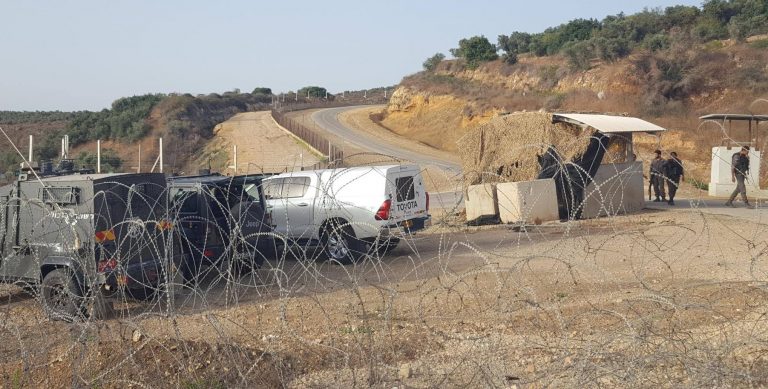
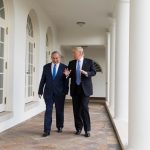
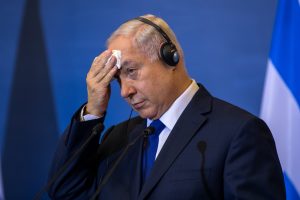
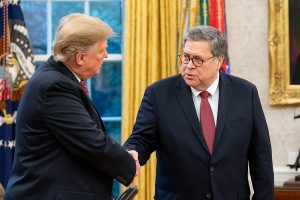
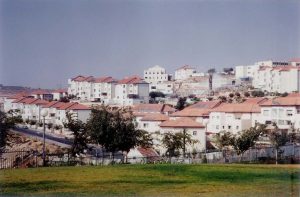
Hmmm you missed the fact that there is no such people as Palestinian, and the separation exists because of terror attacks and murder… don’t worry, why would the truth matter?